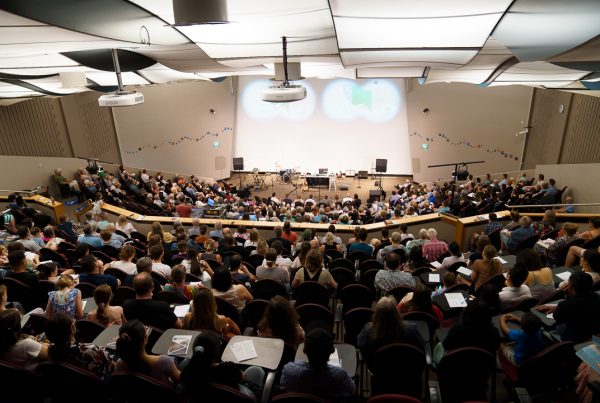24 December 2019
As Christmas draws near, Christians across the world spend time reading the narratives of Jesus’s birth in the gospels of Matthew and Luke… yet how much attention do we pay to the fact that the narratives are spread across two different accounts?
It is easy for these two perspectives to blend in our minds into the one story we know so well. In part, this is because there is much that is common to both. Both Matthew and Luke highlight where Jesus was born, that his mother was a virgin called Mary and that she was betrothed to a man called Joseph. Both versions agree that Joseph was descended from King David, that Jesus was named as directed by an angel, that his birth was a fulfilment of prophecy and that it happened during the reign of Herod. Following his birth, Matthew and Luke both report that Mary and Joseph received visitors keen to see Jesus (magi in Matthew, shepherds in Luke).
While there is consistency on these central points, however, there are also many differences between the two narratives. This means that scholars have often been sceptical of the historicity of the accounts. It also means they have tended to view Matthew and Luke as independently composed and written, without knowledge of each other… What does the evidence show, and how should Christians approach it?
One way that people see the tension between the narratives of Matthew and Luke is through what is left out. Matthew records the magi, who are not in Luke, but Luke includes the shepherds, who are absent from Matthew. Matthew also doesn’t mention that Mary and Joseph were in Nazareth before being in Bethlehem. Even more significantly, Luke has no record of the slaughter of the children in Bethlehem or of the flight to Egypt. If these things are true, why does the other narrative omit them? …[Yet] The argument for scepticism based on omissions rests on modern-day commentators being able to assess with some confidence (a) what information would have been available to each gospel-writer and (b) what information it would be wholly unreasonable to leave out of an account intended for each particular audience.
A second point of tension is found in the differences between Matthew and Luke’s genealogies of Jesus… While the two genealogies are similar between Abraham and David, they diverge [at points afterwards] … To us, genealogies record faithfully and accurately our lineage, step-by-step, through the generations, without missing any out. To assess the historicity of the gospel genealogies, we need to recognise that our modern-day notions may not transfer to the ancient world… The two gospel genealogies make different points… In terms of the different accounts of Joseph’s father, it’s not difficult either today or back then to imagine that someone might have a legal father other than his biological one, especially if Joseph’s biological father disowned him over the shame of Mary’s irregular pregnancy.
For all the scholarly discussion around the two birth narratives, it remains the case that they agree on the main points and they disagree on nothing…
The full article by Dr Peter J Williams, Principal of Tyndale House, Cambridge is from https://tyndalehouse.com/article/confidence-in-christmas





